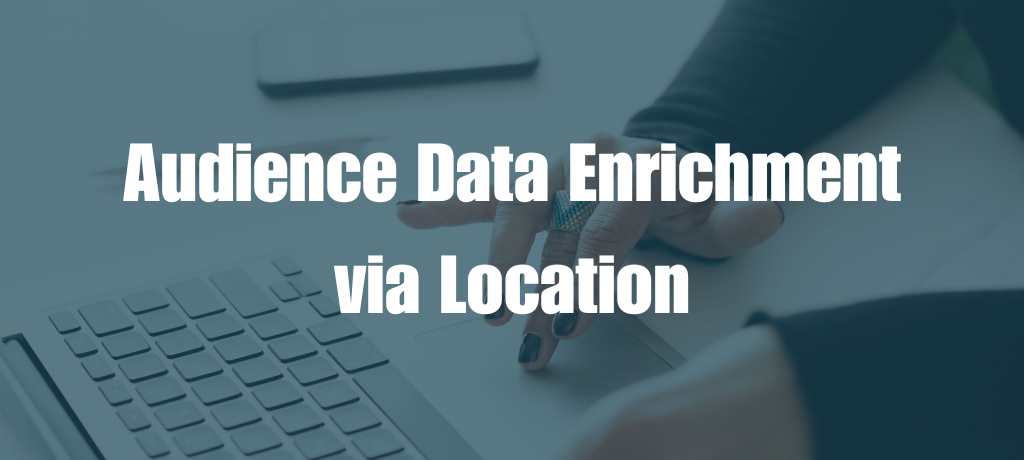
Geolocation is not only about pinpointing potential customers on a map and delivering them relevant content. It can be used as a research tool, providing you with data to analyze and identify customer behavior. With the latest technology giving us the details on the geolocation of potential customers, we can expand to see how else this data works for us, into how their interest equates to experiences. This leads to gathering data to create more in-depth and factual customer personas based on the discovered insight.
We spend significant time, energy and resources honing in on the audiences that we’ve identified. But how do we know those are the actual customers coming through the door? Through tools monitoring device IDs on mobile devices (who have opted in), we can gather relevant data on exactly who is the customer.
Geofencing
A longtime strategy in digital media buying, geography plays a significant role in audience data enrichment. But geo parameters are not meant to just be for delivering ads. So, stop looking around the room to study your customers. Instead, set a geofence around your location to allow for the gathering of useful information from each person who arrives at your business. Utilizing their device ID and setting a virtual boundary provides the opportunity to monitor activity and learn. Geofencing along with geotargeting are key strategies in today’s marketing world, used for both data research and for creating intimate personas.
Personas
By tracking the customer who walks through your door, we can better understand their composition and behavior to help drive optimization and future marketing strategies. It’s vital information like zip code demographics, education, household income, marital status and more that allow Morgan & Co. to build detailed customer personas. To a great extent, we study their lifestyle interests, shopping patterns, brand/store affinity and where they spend their money, such as on restaurants, retail, travel, wellness, etc. The information can go as far as sharing where the customer was two hours before arriving at your business, and even where the device resides at night. Data such as this may dictate where we place future ads, plus the imagery and tone of the ad, to ensure the engagement between brand and customer is as tight as possible.
It can also be used to inform overall business decisions, such as specials to offer, events to host, and price adjustments to tailor offerings to desired clientele.
Now that you have more in-depth information on the actual customers visiting your business, we can focus on how to reach them. Is it best to utilize geotargeting or geofencing to accomplish our goals? Maybe a combination? Are your ads speaking the lingo of your audiences? Are you advertising on platforms that they use to communicate, share information and stay informed?
There are some cautions with geofencing, especially when it comes to privacy with marketing, so please make sure you have strong data policies in place. However, despite questions about security, it doesn’t seem that geofencing will lose its popularity any time soon. According to a press release from MarketsandMarkets, the geofencing industry is expected to grow over 27 percent by 2022.
Our team at Morgan & Co. is utilizing this state-of-the-art technology to best understand our client’s customers, allowing us to create a robust plan on how to deliver the greatest ROI. With the tech capabilities expanding daily, contact us today to learn how we bring this data research to the table.
